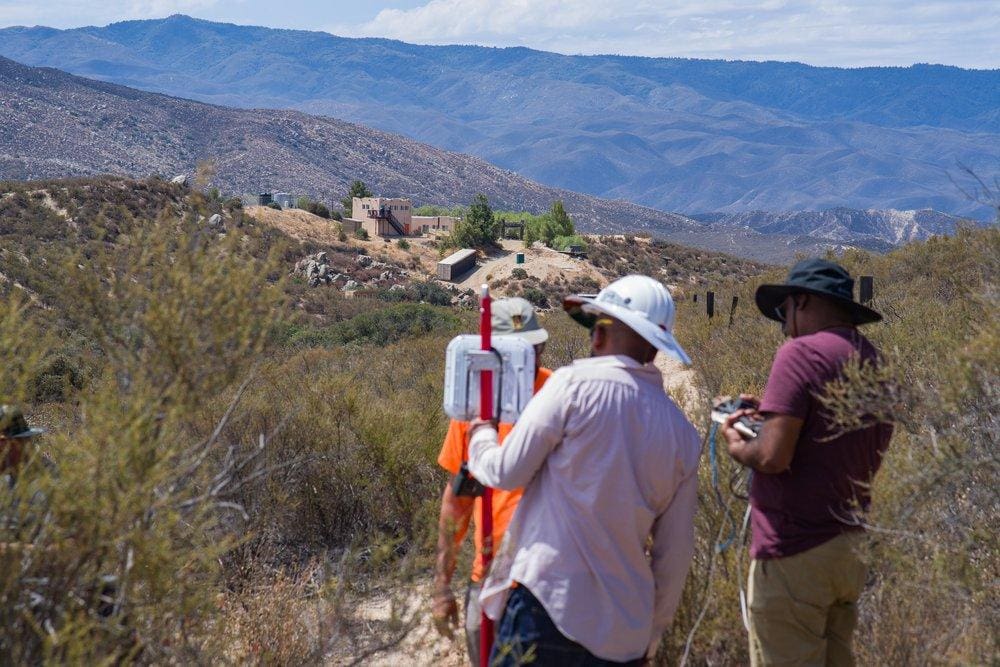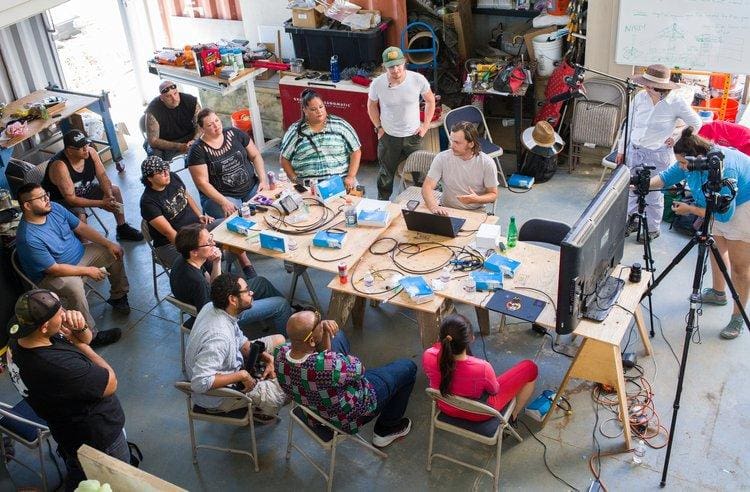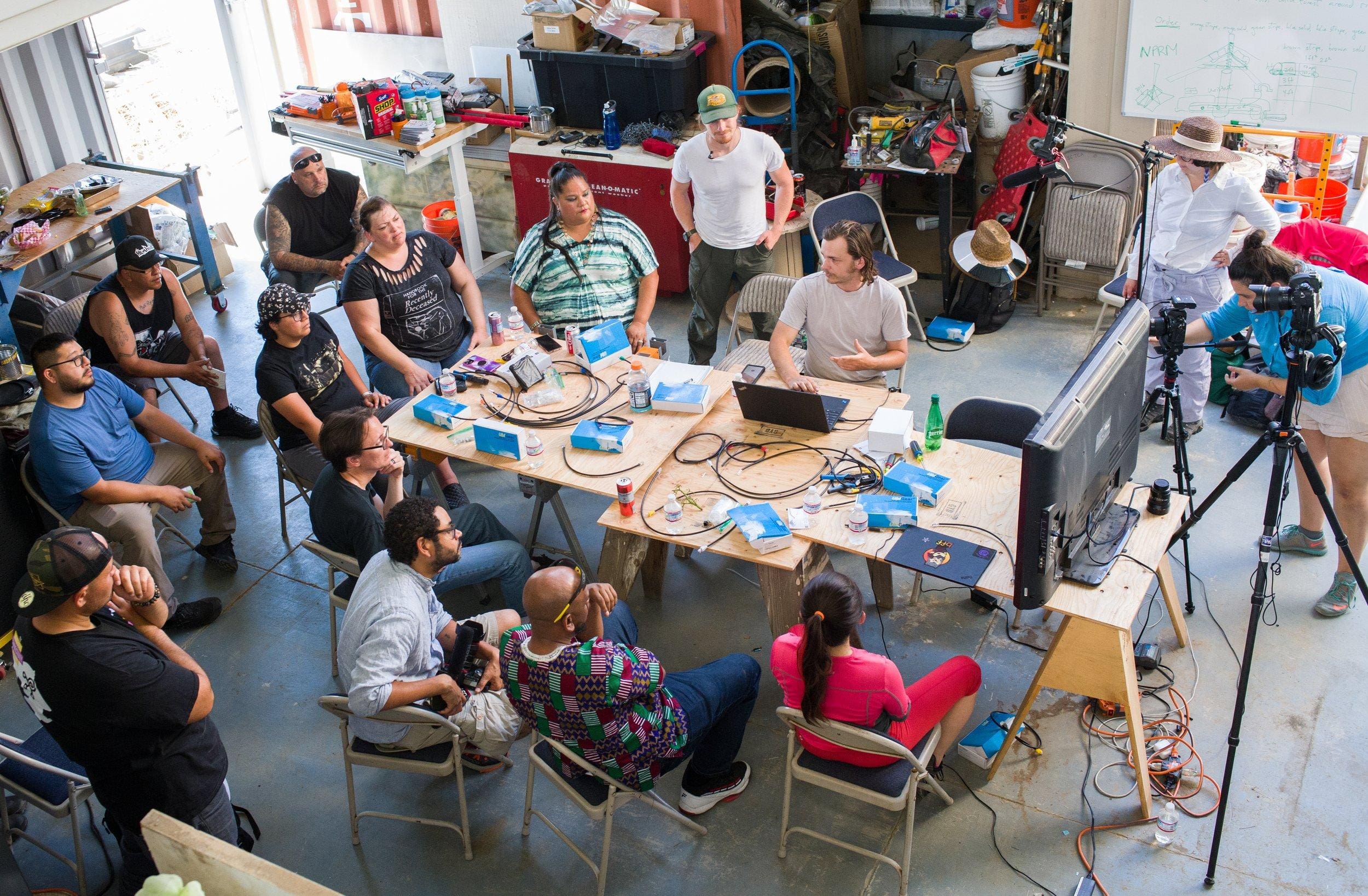The Yurok Tribe in Northern California is the state’s largest Native American tribe in terms of both population and land yet only has one place with enough cell reception to read and send text messages.
By Dr. Traci Morris and Dr. Gary Michelson
The Yurok Tribe in Northern California is the state’s largest Native American tribe in terms of both population and land.
At the top of a mountain on the reservation is a spot known today as Telephone Tree. Why? Because it is the only place with enough cell reception to read and send text messages. Still, though, not enough to make a call.
Don’t even ask about broadband access. There is none. When the pandemic hit, the tribe had to contend with its lack of connectivity during a time when society was largely shifting to online only.
Sadly, this was the reality for Native nations prior to the COVID-19 pandemic, as well.
Indian Country accounts for 574 sovereign federally recognized Tribal nations with 334 reservations in 35 states on about 100 million acres of land. In California alone there are 109 Tribal nations in 34 counties, but sadly these facts are often overlooked by policymakers and even digital equity activists. Native nations are part of the family of governments in the United States, and the federal government is obligated — via treaties and federal trust responsibilities — to guarantee health, education and public safety services.
For the past several decades, Native nations have not experienced digital redlining; they have experienced digital indifference, a situation bound to persist unless greater investments are made to bridge the digital divide in tribal communities. As an often-overlooked determinant of health, the lack of access to broadband impedes economic growth, community health, education, energy and civic engagement. Tribal nations have faced systemic oppression for centuries. Increasing access to broadband is one concrete way we can help break the cycle.
Broadband is not just about internet access but about a pathway to obtaining an education, improving health and acquiring economic resources necessary to thrive.

Adam Burqa, Nishal Mohan and Danny Peralta configure a point-to-point radio in the field at the Tribal Broadband Bootcamp on July 3, 2021. (Courtesy photo San Diego-Union Tribune)
Recent federal legislation aims to bridge the divide. The Consolidated Appropriations Act of 2021 provided $1 billion to the National Telecommunications and Information Administration for the Tribal Broadband Connectivity Program (TBCP), and the Infrastructure Investment and Jobs Act provides an additional $2 billion for the TBCP. However, applications for the TBCP alone total over $5 billion in broadband connectivity needs from 301 applications. While these bills are a step in the right direction in investing in tribal broadband, clearly it is only a start in the process to close the digital divide. In order to truly understand the need and urgency, look at the numbers. Only 67 percent of tribal lands in the lower 48 states have broadband access, compared to 98 percent of urban Americans.
Ever resilient, Native nations are taking matters into their own hands and creating solutions. This past summer, the Institute for Local Self Reliance in conjunction with Matt Rantanen and Internet Society convened the first ever Tribal Broadband Bootcamp in California. They brought together tribes from throughout the state to learn how to build out their own broadband networks.
Members of the Yurok, Hoopa Valley, Bear River and Laguna Pueblo tribes left the convening with both the knowledge and equipment to connect their communities to the internet via their own network. The American Indian Policy Institute at Arizona State University was a research partner and is evaluating the effectiveness of empowering tribes to take advantage of this funding and expanding the training.
The second Tribal Broadband Bootcamp will take place this spring near Temecula, where tribal members will learn how to maintain their broadband infrastructure once it’s installed.
Broadband is not just about internet access but about a pathway to obtaining an education, improving health and acquiring economic resources necessary to thrive.
Dr. Traci Morris is the executive director of the American Indian Policy Institute at Arizona State University and a member of the Chickasaw Nation of Oklahoma. Dr. Gary Michelson is the founder and co-chair of the Michelson 20MM Foundation based in Los Angeles.


